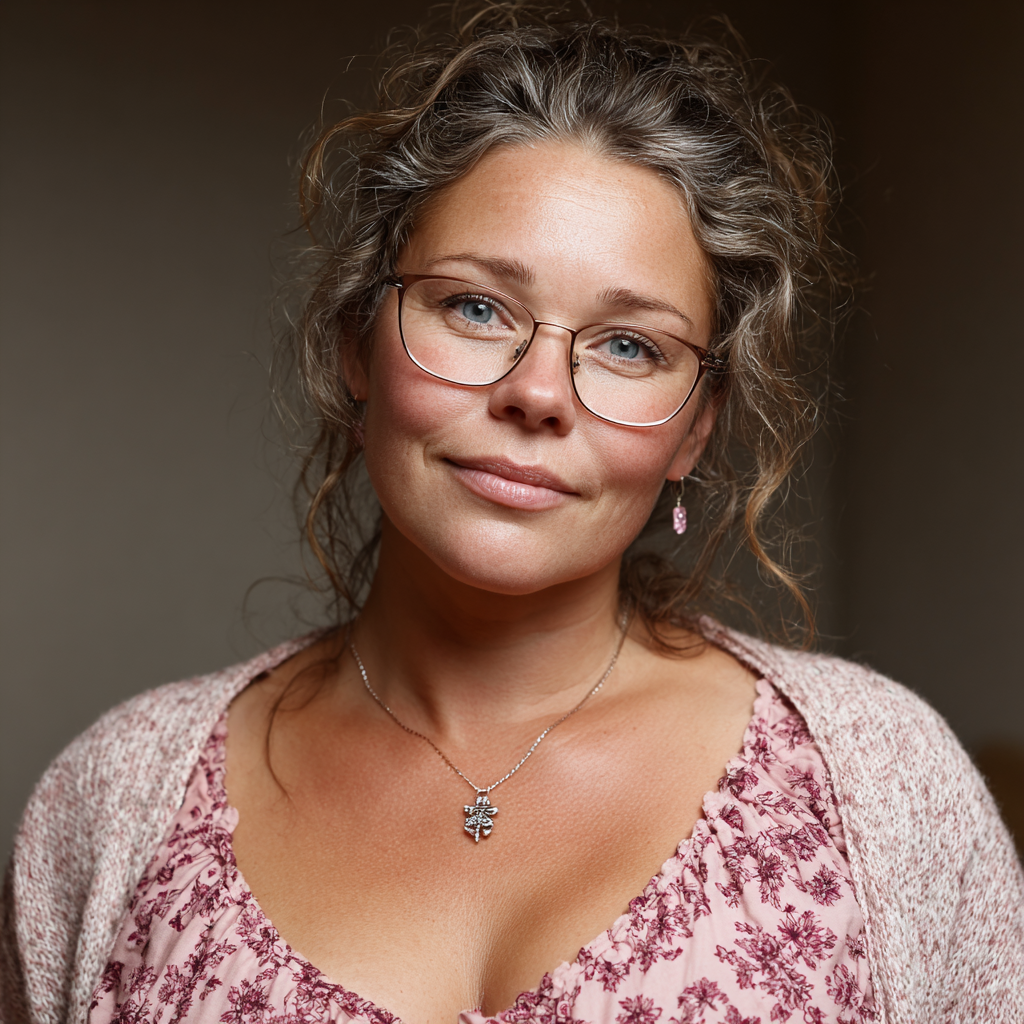What is Malanka?
Malanka is a traditional folk holiday celebrated on January 13, marking the New Year’s Eve of the Julian calendar. It is most widely observed in Ukraine, Moldova, and Romania, where communities embrace its mix of ancient pagan customs and Christian traditions. The celebration is known for its lively masquerades, house-to-house visits, music, and feasting, with participants dressing in elaborate costumes to bring luck for the coming year. Malanka is a time of laughter, transformation, and renewal, ensuring prosperity and driving away bad spirits.
History and Origin
Malanka has deep roots in pre-Christian Slavic mythology. The festival is associated with the story of Malanka, the daughter of the earth goddess Lada, who was captured by dark forces, symbolizing winter’s grip on the land. Her eventual release marked the return of warmth and renewal, a theme reflected in the festival’s rituals. With the arrival of Christianity, Malanka became linked to Saint Melania the Younger, whose feast day falls on January 13. Over the centuries, Malanka evolved into a blend of folklore, Christian beliefs, and regional traditions, celebrated across Ukraine, Moldova, and Romania.
Malanka is a traditional Ukrainian folk holiday celebrated on January 13th, marking the New Year’s Eve according to the Julian calendar. This vibrant festival is rich in ancient rituals, folklore, and magic, reflecting the deep cultural heritage of Ukraine.
Festive Attire and Parades
During Malanka, participants don colorful and often humorous costumes, portraying characters such as demons, goats, witches, soldiers, politicians, and historical or mythological figures. This practice serves as a form of satire, allowing communities to critique social and political norms through parody and humor. The celebrations are lively, featuring laughter, dancing, and singing, all emphasizing a spirit of freedom and joy.
Symbolic Characters
The parades are populated with various symbolic figures, including demons and goats, representing malevolent influences that the community seeks to expel. By embodying these characters, participants aim to humorously and critically confront the negative forces of the past year, fostering a sense of renewal and optimism for the year ahead.
The Role of ‘Malanka’
A central figure in the festivities is ‘Malanka,’ traditionally portrayed by a young man dressed as a woman. This character leads the celebrations, engaging in comedic interactions with other participants. The role of ‘Malanka’ adds a humorous twist to traditional gender roles, enhancing the playful and inclusive nature of the event.
Malanka is a lively and culturally rich celebration that blends ancient rituals with contemporary elements, providing communities with an opportunity to come together, celebrate, and usher in the New Year with positive energy.
Who Celebrates Malanka?
- Ukrainians, Moldovans, and Romanians: People across these countries, especially in rural areas, participate in Malanka festivities.
- Ukrainian and Moldovan Diaspora: Communities in Canada, the United States, and Europe hold Malanka balls and cultural gatherings.
- Folk and Cultural Enthusiasts: Those interested in Slavic traditions celebrate by learning about Malanka’s origins and attending events.
- Performers and Musicians: Folk artists, dancers, and musicians take part in theatrical reenactments, skits, and concerts.
- Local Communities: Villages and towns host costume parades, public performances, and communal feasts.
Slogans and Themes
Malanka is a festival of renewal, good fortune, and community spirit. It brings people together to welcome the new year, drive away negativity, and embrace transformation. Common expressions associated with Malanka include “Welcoming the New Year with Laughter,” “Chase Away Evil, Invite Prosperity,” and “A Night of Masks, Music, and Magic.” The event blends humor, tradition, and celebration, making it a joyful and meaningful occasion.
Colors, Symbols, and Patterns
Colors
- Red: Represents energy, protection, and good luck.
- Gold: Symbolizes prosperity and celebration.
- Black and White: Common in traditional embroidered clothing, signifying balance and tradition.
Symbols
- Masquerade Masks: Represent transformation and the transition into the new year.
- Goat and Bear Costumes: Worn in performances, symbolizing strength and fertility.
- Caroling Staffs: Decorated with ribbons and bells, carried by performers as a sign of good wishes.
Patterns
- Geometric Embroidery: Found in traditional costumes and decorations, representing cultural heritage.
- Vine Motifs: Symbolizing growth, renewal, and prosperity.
- Star Motifs: Linked to winter, light, and guidance into the new year.
Most Used Hashtags
- #Malanka
- #UkrainianNewYear
- #MoldovanTraditions
- #RomanianFolklore
- #MalankaFestival
How to Celebrate Malanka
- Attend a Malanka Parade: Experience street processions with costumed performers, musicians, and folk dances.
- Join a Malanka Ball: Participate in a formal dinner and dance, a popular tradition in the Ukrainian and Moldovan diaspora.
- Wear a Costume: Dress up as folk characters like Malanka, the Bear, or the Grandfather for the night’s festivities.
- Sing and Perform: Engage in traditional caroling, comedic skits, and theatrical performances that are central to Malanka.
- Enjoy Traditional Food: Feast on Ukrainian, Moldovan, and Romanian dishes like varenyky (dumplings), kutia (sweet wheat pudding), and sarmale (cabbage rolls).
Why is Malanka Important?
Malanka is more than just a New Year’s celebration;it is a cultural event that preserves Ukrainian, Moldovan, and Romanian folklore. The festival strengthens community bonds, revives ancient traditions, and welcomes the new year with joy and laughter. Whether through music, food, performances, or costume parades, Malanka remains a testament to the rich heritage of Eastern Europe. Its combination of pagan and Christian traditions, humor, and festivity ensures its continued significance for generations to come.
Features
- Culture and Heritage
- Religious
Contact Info
January 13: Malanka or Old New Year’s Eve (Eastern Europe)
Why do you keep falling for the same type?
Read the article Lovemaps: the hidden blueprint of our love.

